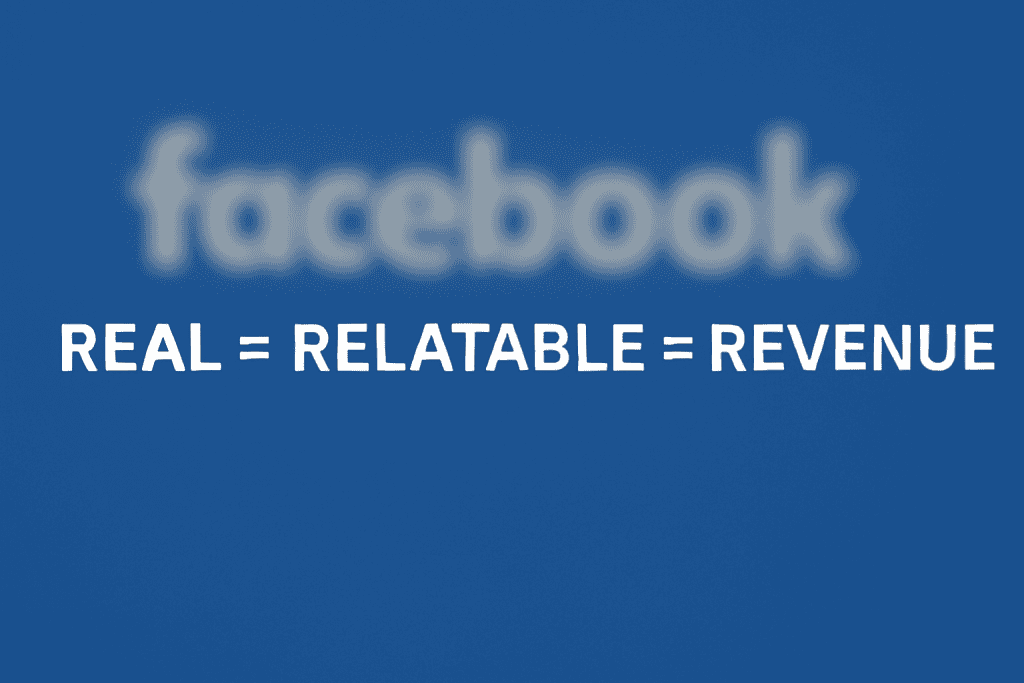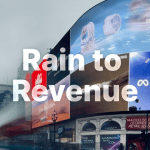
Forget everything your design school taught you. On Facebook, it turns out that “ugly” might just be the new beautiful at least when it comes to ROAS (Return on Ad Spend).
In the polished world of branding, this sounds counterintuitive, even criminal. But for performance marketers and DTC brands playing in the chaotic streets of social media, there’s a growing truth we can’t ignore:
The ads that look the worst… often perform the best.
The Core Idea: Perfection is Suspicious. Ugly is Relatable.
Scroll through your Facebook feed. What grabs your eye? A high-production studio ad with soft lighting and perfect retouching? Or a blurry, meme-style image with Comic Sans text that looks like it was made in MS Paint?
If you’re like most users, it’s the latter. Because it feels native, unscripted, and most importantly real.
Well-designed ads may win awards, but low-fi creatives win attention. And attention, in the pay-to-play world of Facebook ads, is currency.
The Algorithm Loves What the Audience Clicks
Facebook’s advertising algorithm isn’t a design critic it’s a performance machine. Its job is to deliver ads that generate maximum engagement and conversion.
If your ad looks like a typical, overly polished brand message, users often scroll right past. But if it looks like content created by a friend raw, imperfect, unpredictable it blends in with the platform’s visual language.
That’s where pattern interruption kicks in. Ugly ads stop the scroll, spark curiosity, and feel less intrusive. They invite clicks not with beauty, but with believability.
Real Brands Embracing the Ugly
Let’s talk examples:
- Dr. Squatch soaps run Facebook video ads that feel more like dorm-room rants than product commercials. The result? Multi-million dollar revenues and cult-like following.
- The Oodie plays with low-res images, massive text overlays, and GIFs that look like they were stitched together in 2007 and yet, their ROAS is industry envy.
- Duolingo, notorious for their lo-fi TikToks, reuses similar content in Facebook ads to boost organic engagement and paid performance.
These brands understand that on social media, being raw is being real. And real = relatable = revenue.

Performance Over Polish: The ROAS Perspective
Let’s cut to the real reason marketers care: ROAS.
Brands aren’t embracing ugly ads because they hate design. They’re doing it because it works.
Here’s what “ugly” often delivers:
- Lower CPMs (Facebook thinks it’s native content)
- Higher CTRs (it stands out in the feed)
- Faster creative turnaround
- More scalable testing options
- Better UGC integration
All of which add up to one thing: higher returns per dollar spent.
And in a world where performance marketing is judged by numbers, not aesthetics, that’s the ultimate win.
It’s Not About Being Ugly. It’s About Being Native.
Let’s be clear: we’re not saying intentionally design bad ads. What we’re saying is design ads that belong on social media, not in a museum.
This means:
- Ads that look like UGC
- Creatives shot on a phone, not in a studio
- Text that looks spontaneous, not strategized
- Videos with real people, not actors
- Visuals that blend into the Facebook feed without screaming “Buy me!”
Because on Facebook, when your ad doesn’t look like an ad… it performs like a recommendation.
Should You Ditch Beautiful Ads Altogether?
No. There’s still a place for polish especially for brand building, top-of-funnel storytelling, and premium positioning. But if you’re running direct-response campaigns, testing for ROAS, or scaling aggressively on Facebook ugly might be your secret weapon.
A smart strategy?
Test both.
Let the data decide. In most cases, you’ll find that the lo-fi creatives pull more weight when it comes to conversions.
Final Thought: In the Scroll War, Ugly Wins Attention
Social media advertising is not a fashion show it’s a thumb war. And in this fast, distracted, ad-saturated battlefield, the ad that’s a little rough around the edges might just be the one that gets the click, the conversion, and the cash.
So here’s your takeaway:
If your Facebook ads are too perfect, you might just be missing the mark.
Let go of the polish. Embrace the mess. And watch your ROAS rain in.

